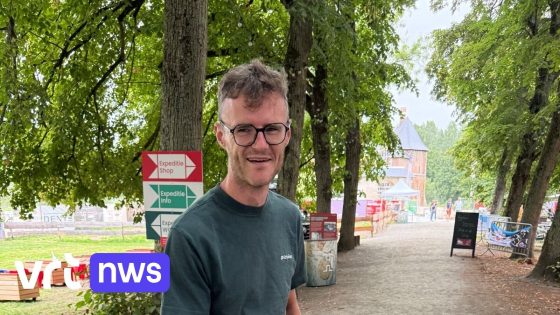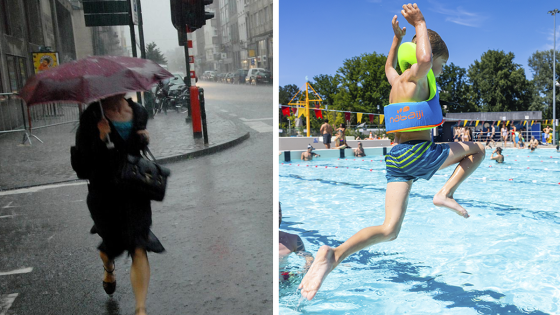Several local residents near the Kasteel van Horst in Holsbeek have recently sent sand samples from their gardens for testing. The goal is to find leemhoudend zand, or clay-rich sand, to restore the castle’s donjon authentically. This restoration effort focuses on matching the original plaster and masonry colors to preserve the historical integrity of the site.
- Buurtbewoners laten zandstalen onderzoeken recent
- Kasteel van Horst in Holsbeek betrokken
- Restaurateurs zoeken leemhoudend zand voor herstel
- Doel is originele kleuren pleisterwerk vinden
- Donjon van het kasteel wordt hersteld
- Resultaten uit zandonderzoek zijn veelbelovend
On 2025-08-16 18:29:00, promising results emerged from the analysis, sparking hope among restorers and the local community. But why is sourcing the right type of sand so crucial for this project? And how will these findings impact the broader heritage conservation efforts in Belgium?
These questions lead US to explore the significance of using authentic materials in heritage restoration and what this means for the future of the Kasteel van Horst.
Why does matching original materials matter so much in restoration? Using the correct leemhoudend zand ensures:
- The durability and authenticity of the restored structure
- Preservation of the castle’s historical appearance and cultural value
- Support for local sourcing, reducing environmental impact
These factors highlight the importance of community involvement and scientific testing in heritage projects. Could this approach set a new standard for similar restorations across Belgium?
As the restoration progresses, residents and visitors alike can look forward to seeing the donjon restored with respect to its original craftsmanship. Will other Belgian heritage sites follow this model? Stay tuned for updates and consider supporting local conservation efforts.






























